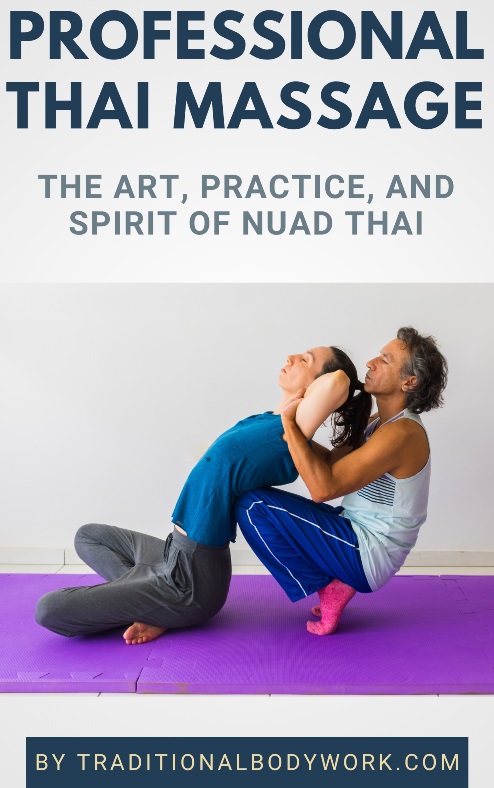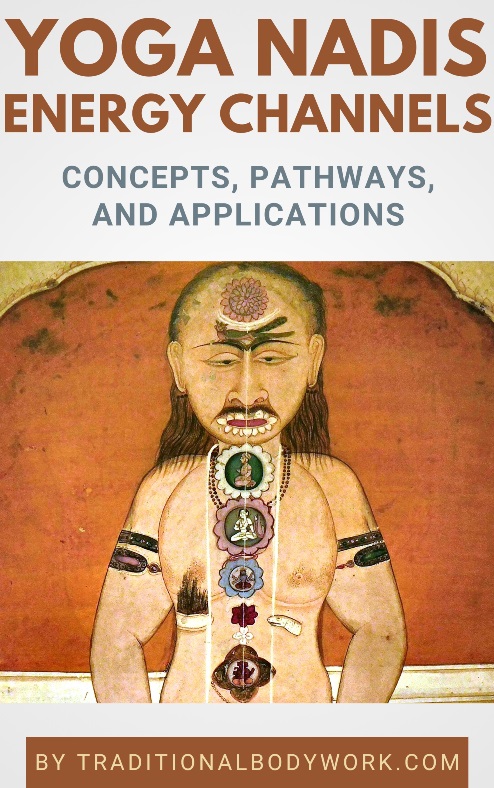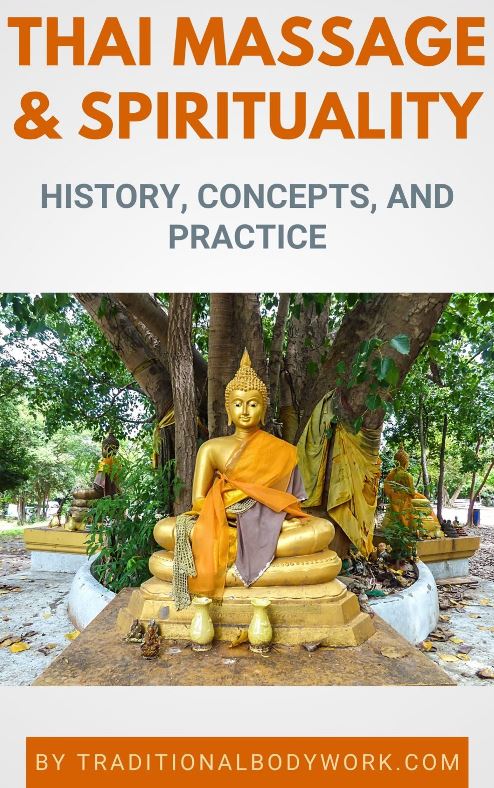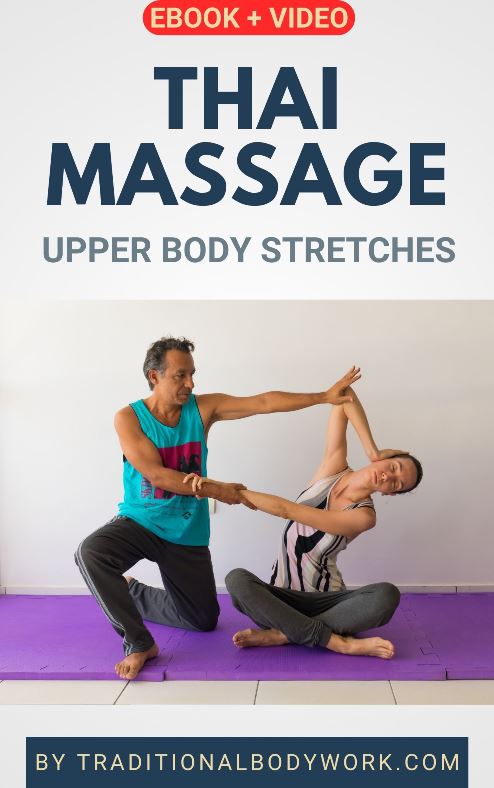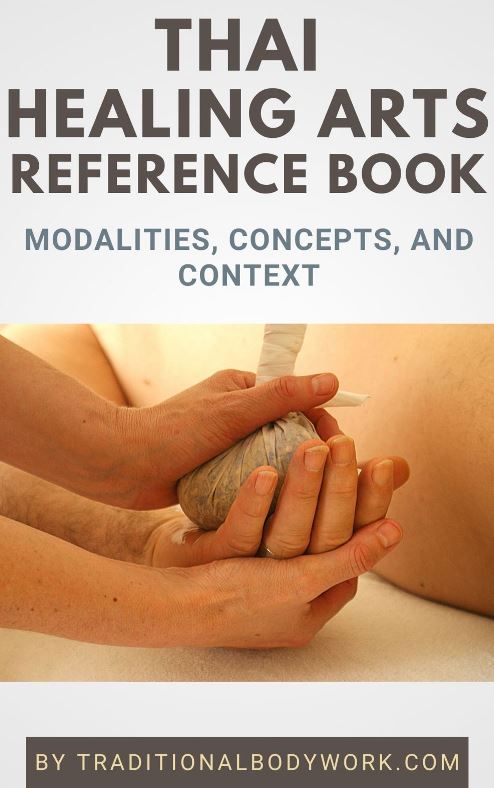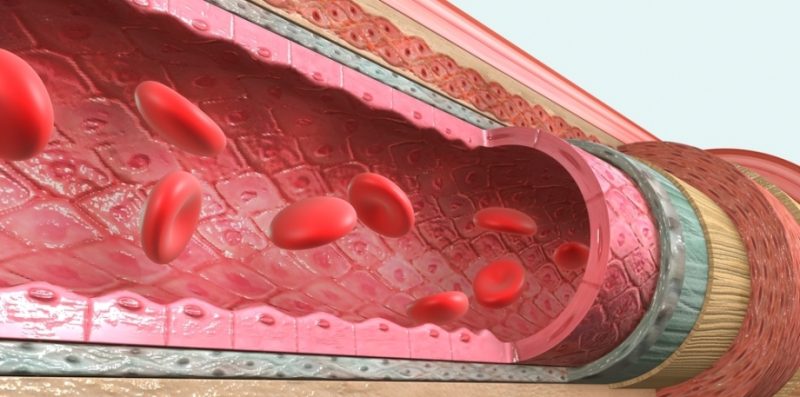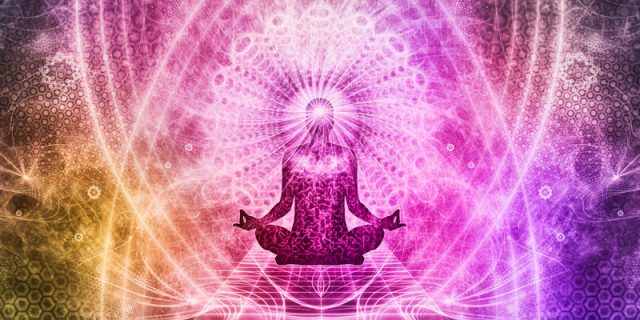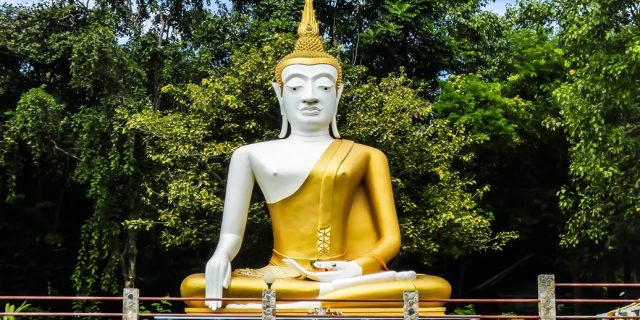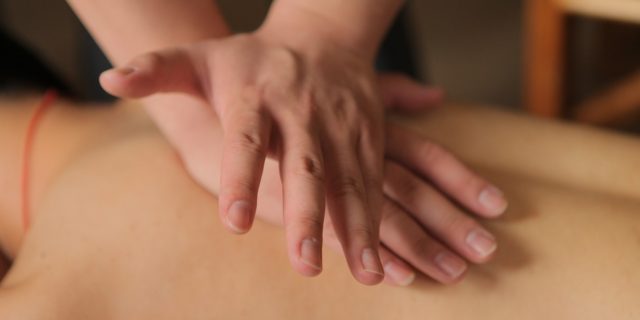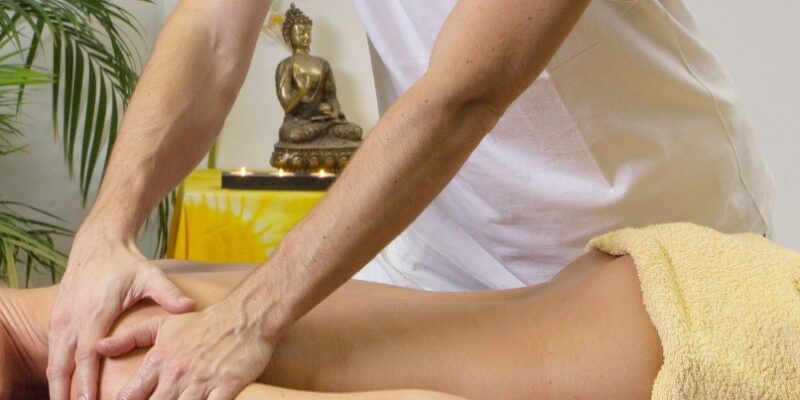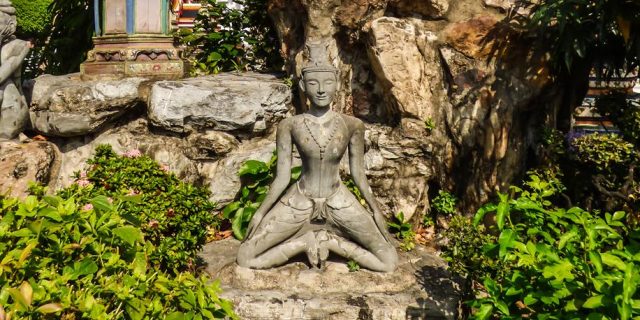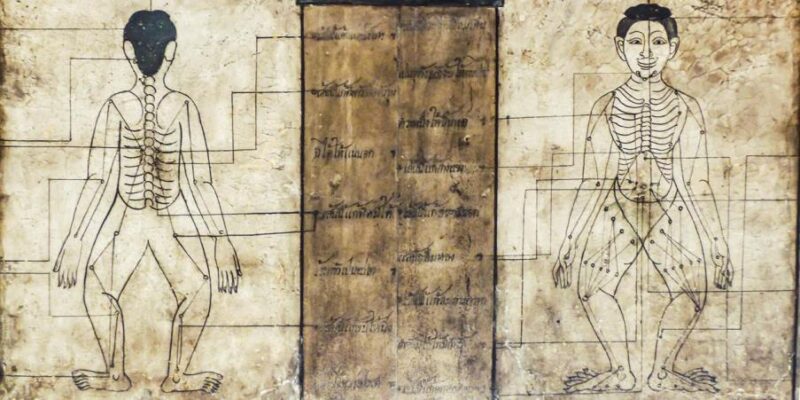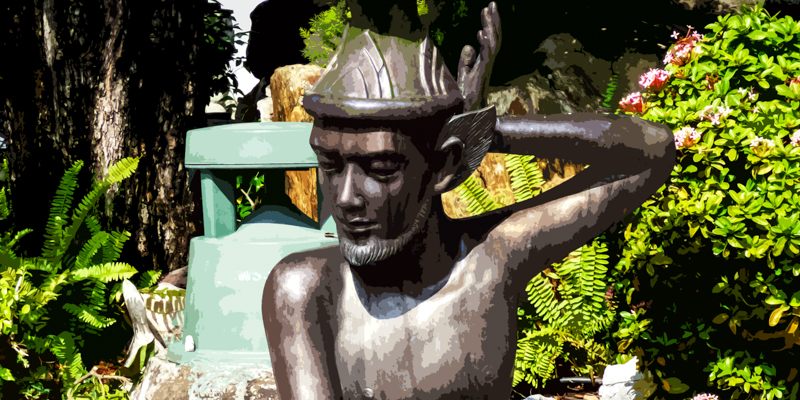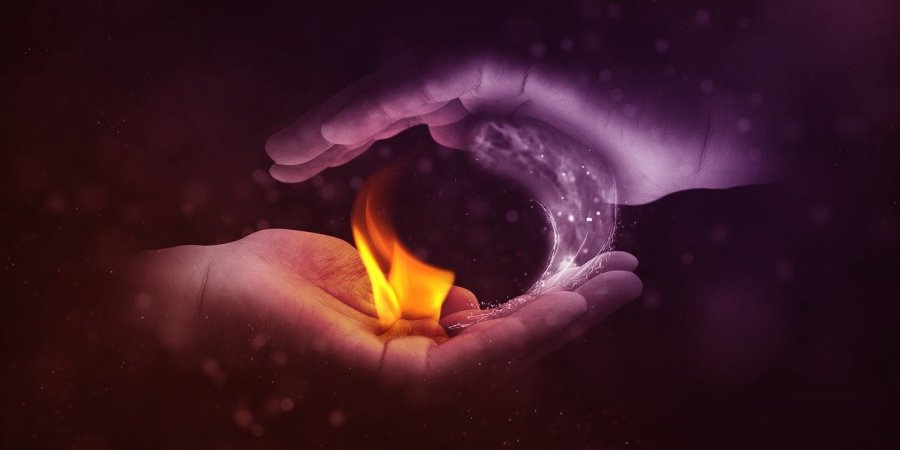
Officially, Thai Traditional Massage is considered energy work and not bodywork. That, of course, sounds somewhat paradoxical because of the evident physical manipulations in Thai Massage.
And, the confusion gets “worse,” so to say, because bodywork in the East is officially related to herbal medicine: the intake, topical application, and/or absorption of food and herbal supplements in order to achieve health benefits.
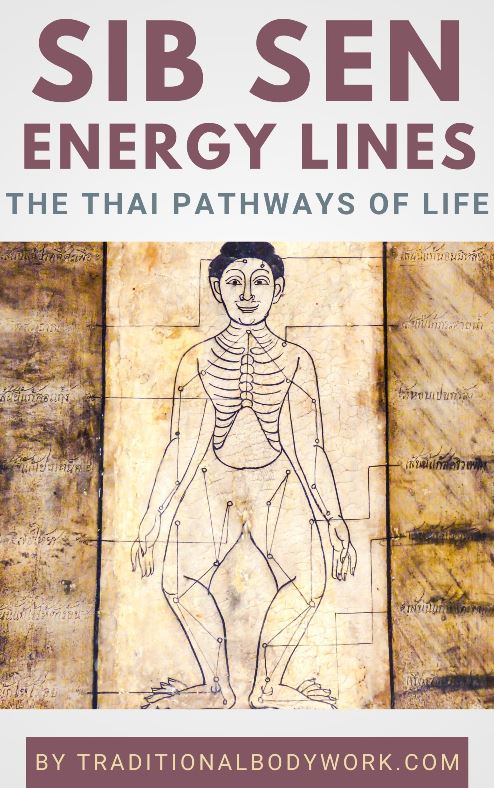
But, at any rate, what is meant by energy work is that Thai Massage works with the physical body with the aim to promote the uninhibited flow of Vital Life Energy through the Thai Sen Channels, this energy being called Prana, Lom Pran, or Qi in Asian countries, among other labels.
What exactly this “Life Energy” is, is subject of continuous debate in the West, but in the East it’s taken for granted, that is, no questions asked or real efforts made to further “explain” it.
Now, of course, for our skeptical Western minds this is highly unsatisfactory, but then again, we could translate Life Energy as the final product of the air we inhale and the food we eat, in fact, just as how the East clarifies the intake of Qi, Prana or Lom Pran.
Thus, air (oxygen) and food (nutrients) are transported through our blood circulatory system (the latter would then correspond with the Thai Sib Sen Energy Lines) to be combusted and transformed into energy for our bodies. This energy is Life Energy, movement, action, and functioning, and without it we would simply be a corpse.
With that particular outlook in mind we can perhaps better grasp that Thai Massage is indeed energy work with an aim to be able to move freely, with full range of motion, and moreover, to move pain-free — we as a physical body, but also all the mental and spiritual processes in our bodies. In fact, Life and Living = Movement.
It reminds us a bit of what today is called Kinesiotherapy or Kinesitherapy (i.e. “movement therapy”), which is the therapeutic treatment of disease by passive and active muscular movements and exercise, with an aim of improving the strength, endurance, and mobility of people, as well as helping people to overcome pain.
However, Thai Massage typically takes things beyond only the physical sphere, by recognizing that the energy that is produced and flows through our bodies can be classified in several types of energies, such as physical, emotional, mental, sexual, and spiritual energy, to name a few energetic transformations.
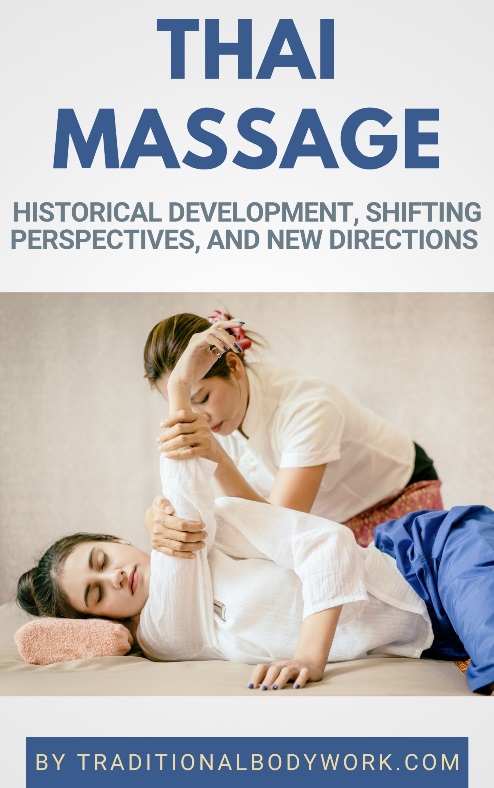
Now, there are therapists and instructors who approach Thai Massage with a special focus on these more subtle energy aspects. They place emphasis on how different types of energies influence the state, health, and well-being of our physical, mental and spiritual body.
The role of the energy worker then is seen as “to tune into” these subtle energies and by “moving them around” to diminish or release any energy which is causing physical, mental or emotional pains or discomforts. The opposite is true also: to promote the production and distribution of those types of energies that lack. In fact, this is what’s called “balancing the flow of energy.”
You will notice that energy work focused Thai Massage will usually put more emphasis on talks, touch, rocking, rhythm, holding, support and so-called Metta (loving kindness and compassion). The sessions are clearly much “softer” than our good old “no pain, no gain” Thai massages, making them particularly popular in the West.
In conclusion we could say that there’s no real opposition between Thai Massage seen as either bodywork or energy work. It depends on the stance one would take, emphasizing the one or the other in treatments or trainings. In fact, Thai Massage is both and serves both, like the two sides, head and tail, of the same coin; the body is about movement, and so is energy.


